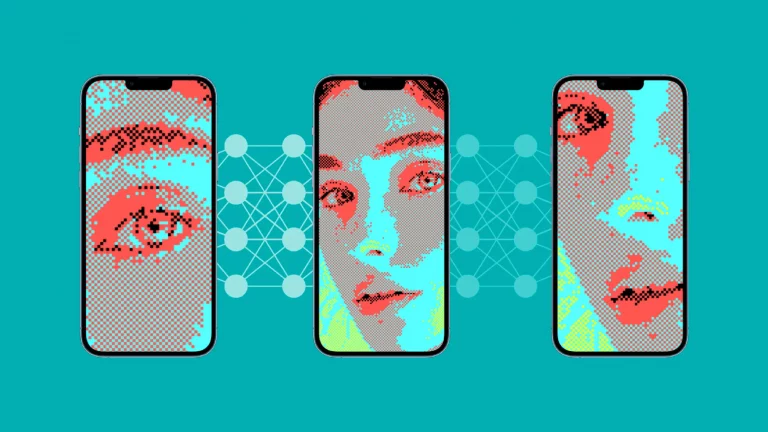Special Issue: Digitised Health, Medicine and Risk
Health Risk & Society is a new international scholarly journal devoted to a theoretical and empirical understanding of the social processes which influence the ways in which risks are taken, communicated, assessed and managed in relationship to health and health care.
They have just published a special issue on Digitised Health, Medicine and Risk, edited by sociology professor Deborah Lupton. Here some more information from her editorial:
“Researchers in the social science of risk have various perspectives to offer on digital risk society in general and digital health technologies more specifically. Among other topics, they can seek to identify the socio-economic disadvantage or inequalities that digital health technologies may exacerbate or generate; show how the digital media represent risk discourses (on websites, Wikipedia, online news reports and social media platforms, for example); highlight the ways in which such technologies as apps and other software identify, algorithmically calculate, perform and manage some phenomena as ‘health risks’; and uncover the unintended consequences for both laypeople and health professionals of using digital health technologies in healthcare and public health.
This special issue was designed to encourage social researchers’ attention on these issues. Eight articles are included from authors addressing a range of issues concerning digitised health, medicine and risk.
Several authors concentrate on apps: Samantha Adams and Maartje Niezen write about eCoaches (online health promotion software and related mobile apps) as they are used as part of a Dutch public–private programme, Antonio Maturo and Francesca Setiffi discuss the gamification of risk in weight-loss apps, Gareth Thomas and I address the representation of risk and commodity consumption in pregnancy apps and Alison Kenner analyses the content, development and use of asthma apps. In their article, Maggie Mort and colleagues describe their study investigating how members of a north English community responded to two forms of biosensors for health monitoring: home ovulation and direct-to-consumer genetic testing technologies.
The exchange of information on online forums, blogs, social media sites and websites are examined in two articles. Alan Peterson, Casimir MacGregor and Megan Munsie provide an analysis of how social media were employed by patients to advocate for access to stem cell therapies. Sau Wa Mak’s article discusses how Hong Kong mothers used social media and websites to learn about, gain support for and defend their infant feeding practices. Both articles emphasise the great importance that such digital media can have in facilitating lay discussion of health risks and in configuring new forms of biosociality and biological citizenship. Finally, the study reported by Michael Savic and colleagues addresses an Australian online screening intervention for alcohol and other drug-related harms. They identify the ways in which this software enacts certain behaviours and people as ‘risky’.
All authors here published adopt an approach that recognises apps and other software, as well as hardware such as wireless patient self-care devices and wearable health and fitness trackers as sociocultural artefacts. Most of the analyses identify the neoliberal ‘soft’ politics of digital health, in which laypeople are encouraged (‘nudged’) to engage in practices of self-management and self-care in their own interests, and the victim-blaming that may be part of these discourses.
As a collection, the articles also highlight the sheer volume of detail about verypersonal and private elements of people’s lives, emotions and bodies that contemporary digital technologies can collect: including their alcohol and drug use, physical activity, genomic information, infant feeding and care practices, medical treatments, eating habits, fertility, reproduction and sexual activity. A dominant feature of these technologies is their ‘pushiness’; their tendency to use push notifications and warnings tailored to users’ personal details for maximum effect. With their data-collecting capacity, these devices and software offer the ability to configure new forms of risk, in concert with novel responsibilities.”



